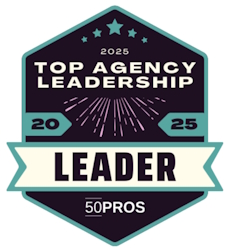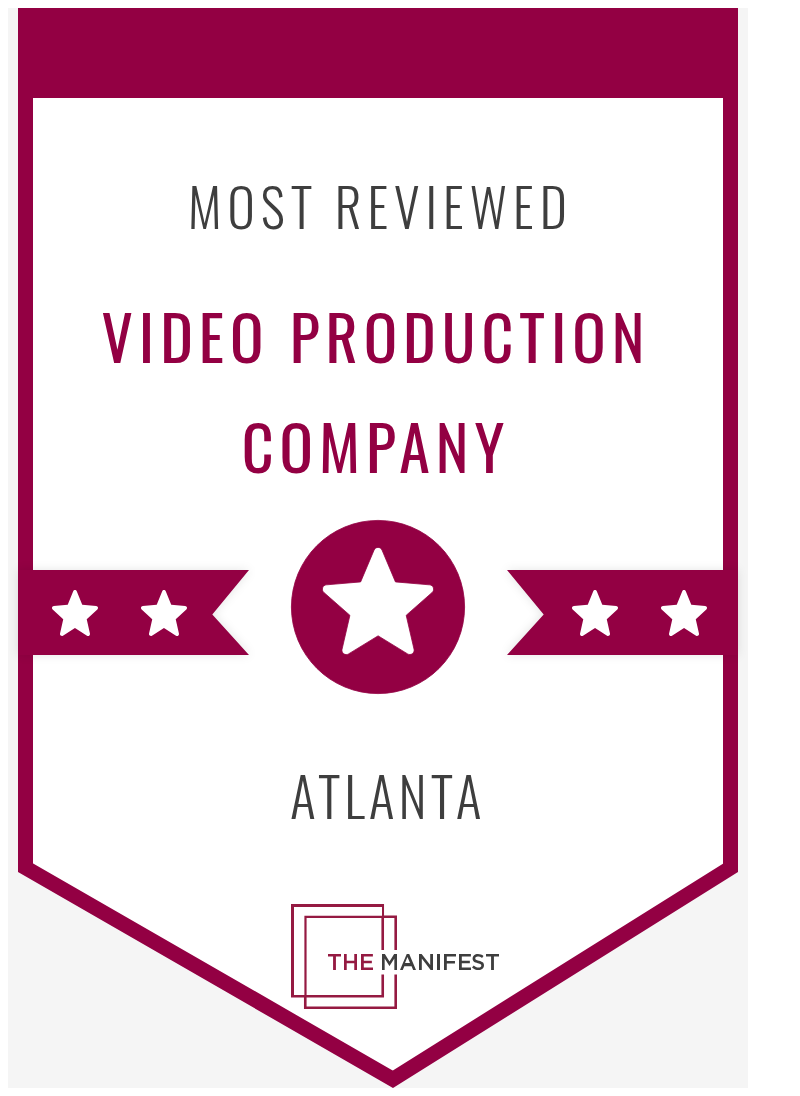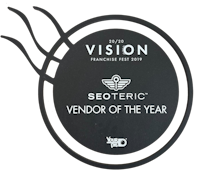Creating High-Impact Educational Video Content
Crafting educational videos that engage and inform requires a clear understanding of the video’s purpose and the audience it targets. Whether the goal is to train employees, support classroom learning, or enhance marketing efforts, defining these elements guides content development and production choices. Research from 2024 shows that videos with well-structured scripts and storyboards hold viewers’ attention longer, improving retention and comprehension by presenting information logically and visually.

Content Development
Effective educational videos begin with thoughtful scripting and storyboarding. Scripts should balance clear explanations with relatable examples, while storyboards visualize transitions and key points to maintain visual interest and cohesion. Frequent scene changes and visual cues help sustain attention, making the learning experience dynamic and easier to follow. This preparation reduces confusion and keeps the message focused and accessible.
Technical Quality
Technical aspects such as clear audio, appropriate lighting, and smooth editing significantly influence viewer engagement. Even with limited resources, prioritizing these elements prevents distractions that undermine the educational intent. Incorporating accessibility features like captions broadens the audience and supports diverse learning needs.
Optimization and Promotion
Optimizing videos for search engines involves crafting descriptive titles, detailed metadata, and keyword-rich descriptions to improve discoverability. Structured data helps search engines understand content relevance. Promoting videos through targeted channels and analyzing viewer engagement metrics—such as watch time and drop-off points—provides insights to refine future content. This cycle of creation, optimization, and refinement enhances the video’s impact over time.
Frequently Asked Questions
How can I balance educational depth with viewer engagement?
Break complex topics into manageable segments and use storytelling and real-world examples to make concepts relatable. This approach supports retention by connecting new information to familiar experiences.
What technical factors most affect viewer experience?
Clear audio, consistent lighting, and smooth editing are essential. Simple improvements like using a quality microphone or natural light can greatly enhance production value. Captions improve accessibility and comprehension.
How do I ensure my videos reach the right audience?
Optimize titles, descriptions, and metadata with relevant keywords, and promote videos through targeted channels. Monitor engagement metrics to understand what resonates and adjust your strategy accordingly.
What is the role of scripting and storyboarding?
Detailed scripts maintain focus and clarity, while storyboards visualize flow and pacing. Planning transitions and visual cues in advance keeps viewers attentive and streamlines production, reducing revisions.
Key Takeaways
Successful educational videos combine a clear purpose and audience understanding with thoughtful content design, strong technical quality, and strategic optimization. Well-crafted scripts and storyboards deliver information in an engaging, easy-to-follow manner. Good audio, lighting, and editing enhance professionalism and retention. Optimizing and promoting videos ensures they reach and resonate with the intended audience, transforming them into effective learning tools.
As noted in the original Search Engine Land article, “By following these guidelines, creators can produce educational videos that effectively engage and inform their audience, ultimately driving better results in terms of retention and conversion.” — Author













.png)

